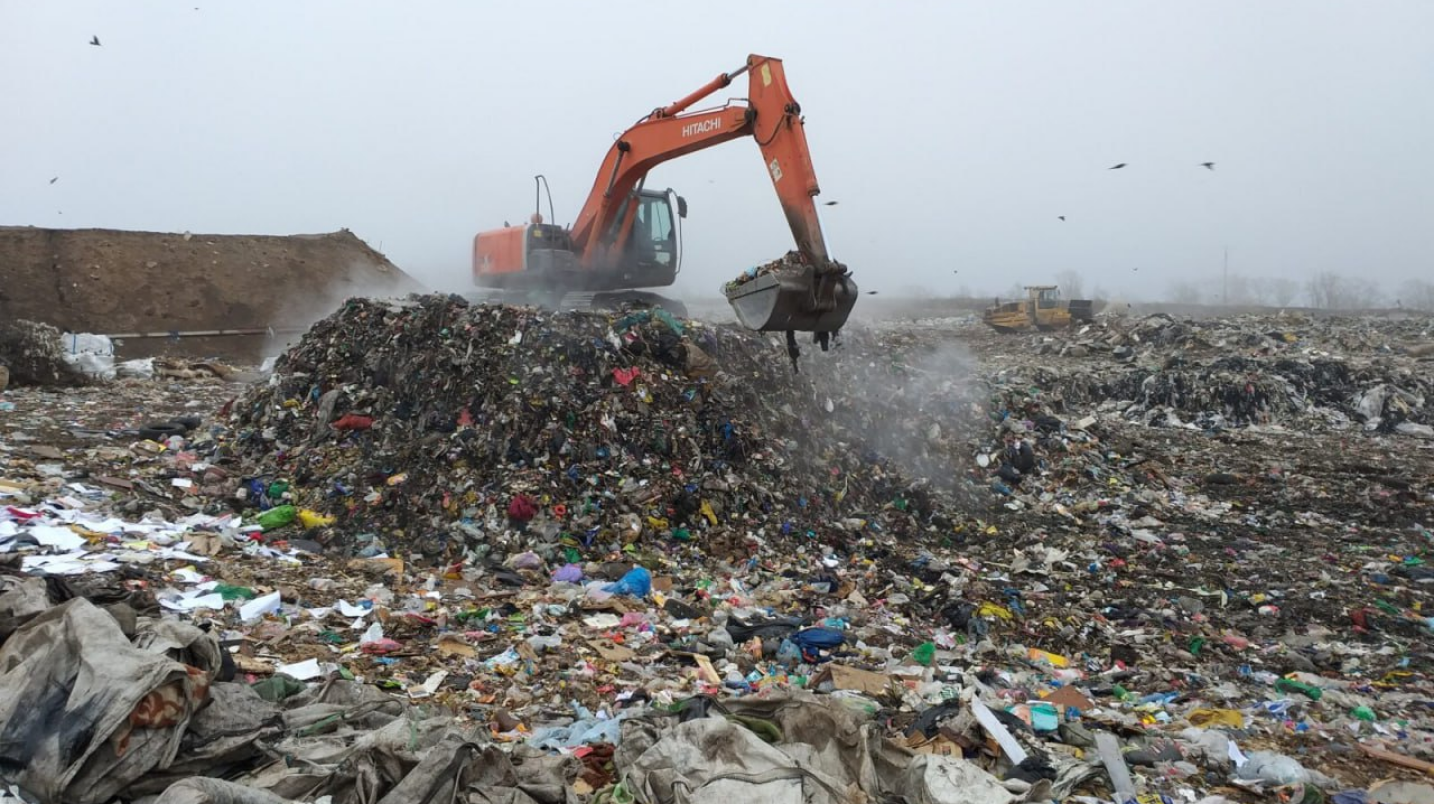At the end of 2024, Tom Shi, Vice President of the Chinese company Shanghai SUS Environment Co. Ltd, shared his thoughts on the cooperation with Uzbekistan and the prospects for waste-to-energy development.

In recent years, under the leadership of President Shavkat Mirziyoyev, Uzbekistan has been actively pursuing a waste management policy and setting ambitious goals in the field of renewable energy. These initiatives have contributed to attracting foreign investors and implementing advanced technologies.
In 2024, Shanghai SUS Environment Co. Ltd began operating in Uzbekistan’s waste-to-energy market, offering modern solutions to support the country’s sustainable growth.
A Unique Project for Uzbekistan
With the launch of these plants, Uzbekistan will become the first country in Central Asia where household waste is converted into energy. This will be a significant step in the development of environmentally friendly technologies in the region.
Company representatives highlighted that these projects are made possible by the favorable conditions created for foreign investors and the support of Uzbekistan’s investment policy.

Plans and Prospects for Uzbekistan-China Cooperation
Shanghai SUS Environment Co. Ltd has expressed its readiness not only to implement technologies but also to actively develop scientific and technical cooperation. Among the long-term plans are:
- The production of modern equipment that meets international standards.
- Attracting leading Chinese companies to joint projects.
- Training local personnel, conducting scientific research, and developing regulatory documentation.
8 waste to energy plants by 2027
Uzbekistan announced in October 2024 plans to construct eight waste-to-energy plants by 2027 as part of its efforts to enhance environmental sustainability.
The country generates around 14mn tons of waste annually, yet only 4-5% of this waste is recycled. More than seven million tons of greenhouse gases are released from landfills each year, with an additional 43,000 tons of toxic leachate seeping into the ground.
In response to these challenges, the Ministry of Ecology, Environmental Protection, and Climate Change, in collaboration with foreign investors, has developed several projects. These initiatives are expected to attract investments of nearly $1.3bn for the construction of eight waste-to-energy plants and the conversion of landfill gas at the Ohangaron landfill into electricity.
Key Plant Construction Projects:
- China’s CAMC Engineering will invest $350mn to build two plants in Andijan and Tashkent regions. These facilities will process 4,000 tons of waste per day and generate 630mn kilowatt-hours (kWh) of electricity annually.
- Shanghai SUS Environment (China) plans to invest $310mn to construct two plants in Samarkand and Kashkadarya regions, processing 3,000 tons of waste daily and generating 480mn kWh annually.
- UAE’s Tadweer Group will invest $200mn in a plant in Bukhara and Navoi regions. This facility will have a capacity of 1,500 tons of waste per day, producing 363mn kWh of electricity annually.
- South Korea’s Sejin Company is investing $55mn to develop a project at the Ohangaron landfill, converting landfill gas into 16 megawatts of renewable electricity.
Comments (0)